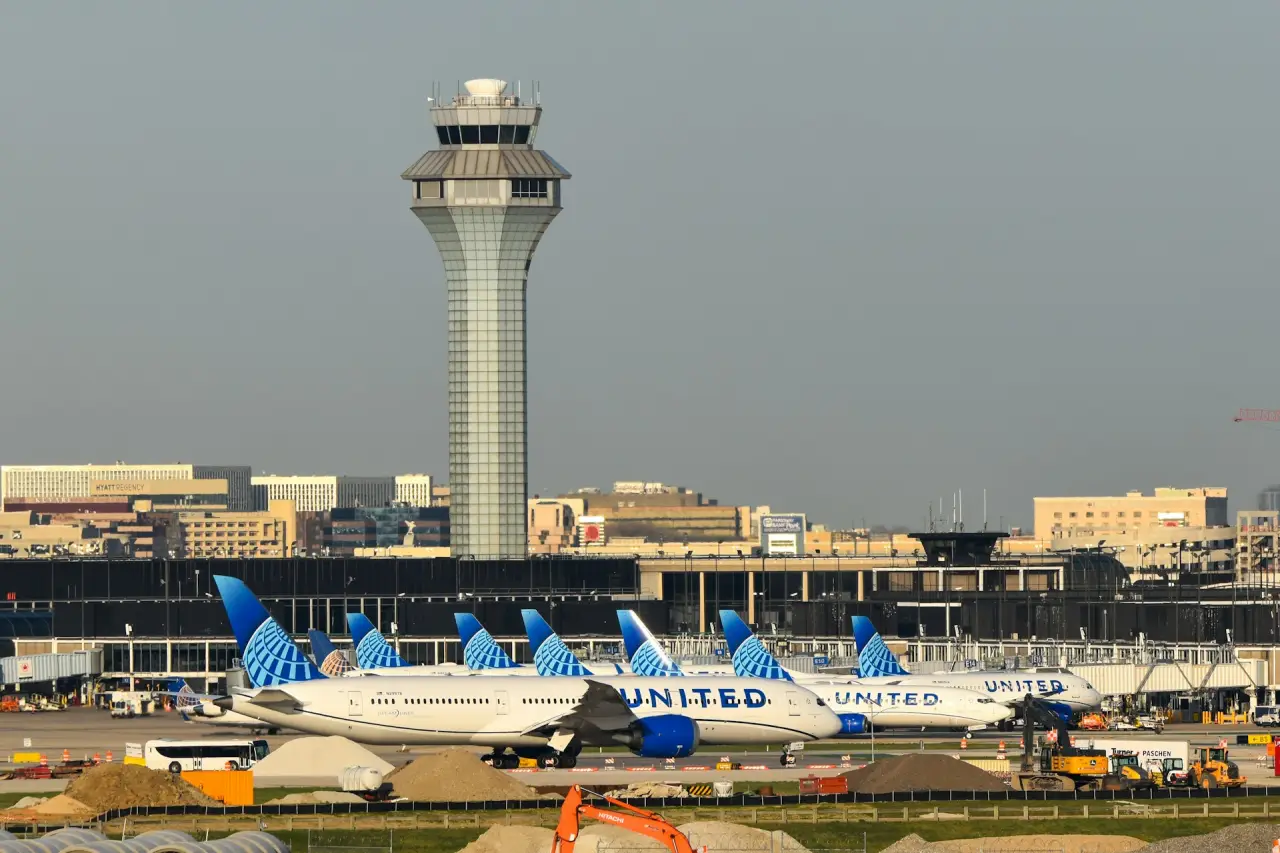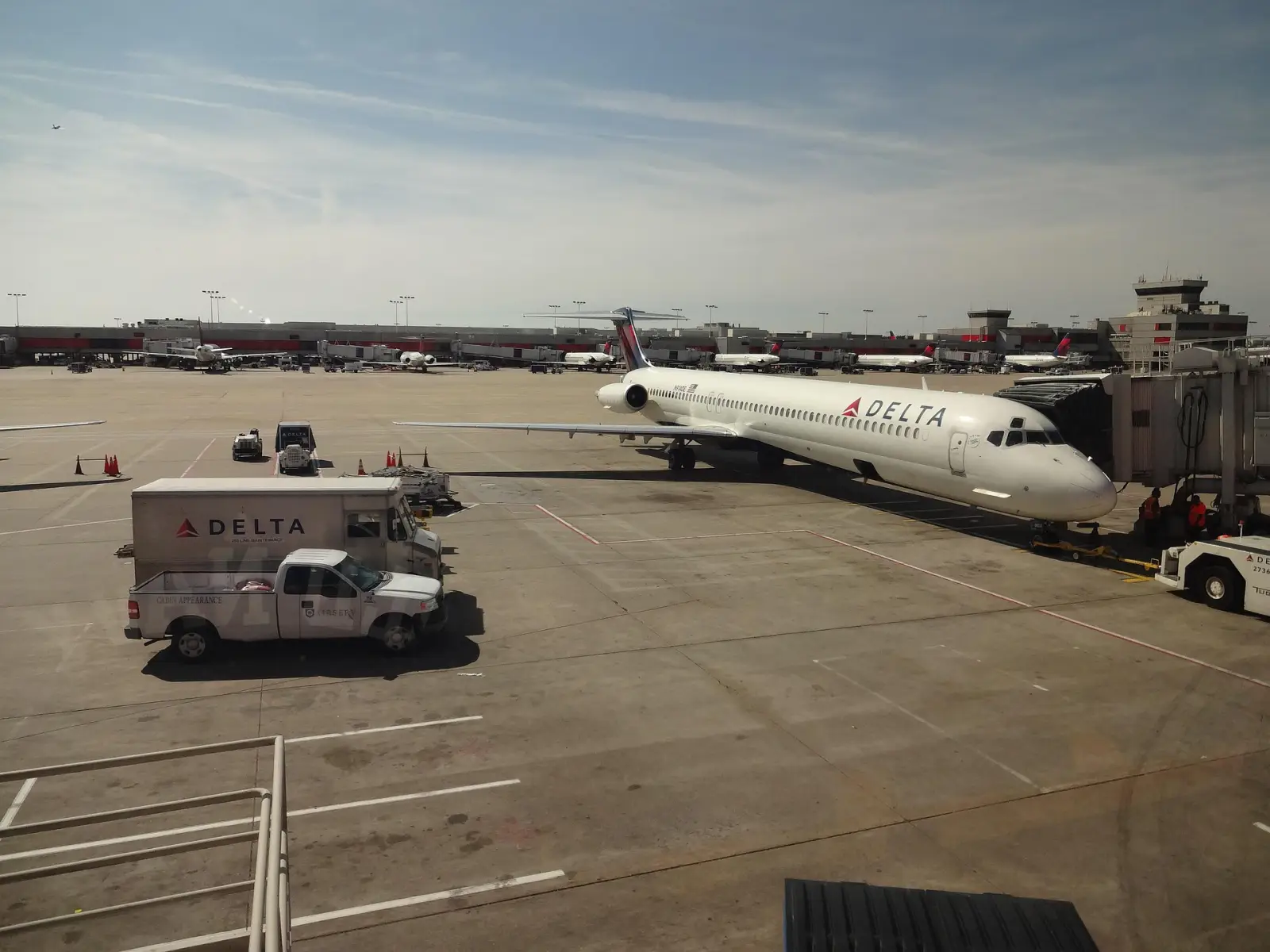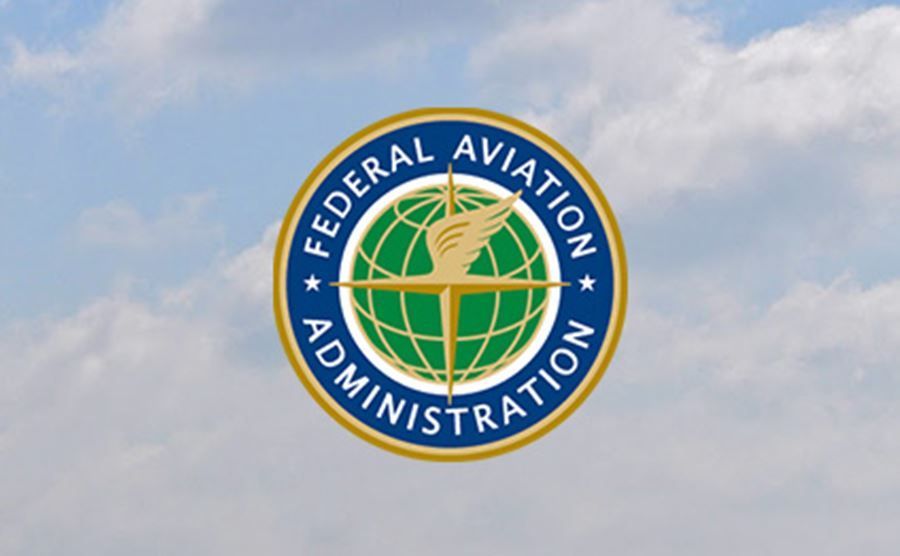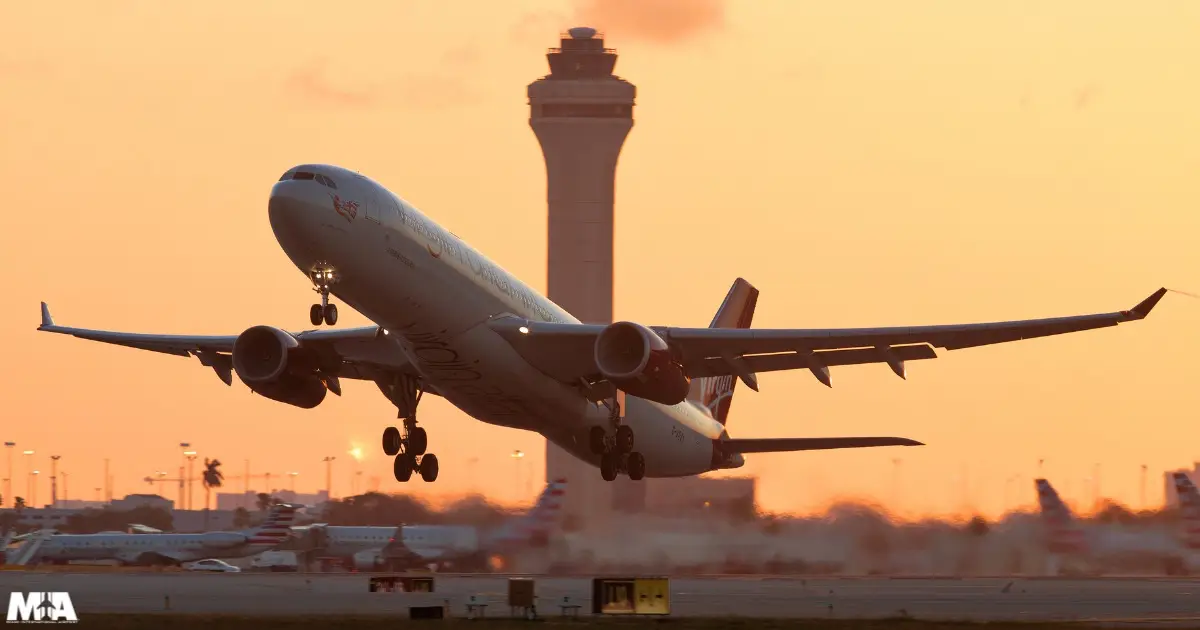The Federal Aviation Administration (FAA) has awarded $20 million in grants to 20 airport-owned air traffic control towers across the United States, part of the Biden-Harris Administration’s Investing in America agenda.
This funding, drawn from the Bipartisan Infrastructure Law, aims to modernize infrastructure, enhance safety, and improve operational efficiency at small and regional airports in 15 states.
The grant supports projects ranging from replacing outdated equipment to constructing entirely new air traffic control towers. These improvements will benefit critical aviation operations, including commercial passenger flights, cargo handling, emergency services, agricultural aviation, and flight training programs.
U.S. Transportation Secretary Pete Buttigieg highlighted the significance of the funding, stating, “Through the Bipartisan Infrastructure Law, the Biden-Harris Administration is supporting every part of our aviation system—including airports in small communities that drive local economies and help people get where they need to go.”
Airports Receiving the Investment
Among the 20 airports receiving funding are Castle Airport in California, which will use $200,000 to replace obsolete air traffic control equipment, and Grand Junction Regional Airport in Colorado, which will receive $1.3 million to modernize aging infrastructure.
Waterbury-Oxford Airport in Connecticut has been allocated $950,000 to upgrade its roof, HVAC system, windows, and communication systems. Meanwhile, Gary/Chicago International Airport in Indiana is set to receive $1.7 million for the design and engineering of a new tower, complete with energy-efficient features and accessibility improvements under the Americans with Disabilities Act (ADA).
Other notable recipients include Victoria Regional Airport in Texas, which will use $1.7 million to install energy-efficient systems and modernize its control tower, and Coastal Carolina Regional Airport in North Carolina, which has been granted $1 million to design a new federal contract tower.
A Focus on Modernization and Sustainability
These upgrades aim to enhance the efficiency, safety, and sustainability of air traffic operations. For example, Chennault International Airport in Louisiana will invest $185,000 in drainage systems and structural reinforcements to extend its tower’s lifespan, while Acadiana Regional Airport will use $500,000 to install energy-optimizing HVAC systems and reduce emissions.
FAA Associate Administrator for Airports Shannetta R. Griffin, P.E., underscored the importance of these initiatives, saying, “These upgrades will help ensure traveler safety for decades by providing our controllers better work environments that are also more accessible, secure, and sustainable.”
Supporting Regional Economies
Smaller and regional airports play a crucial role in connecting communities and supporting local economies. These facilities often serve as lifelines for smaller towns, enabling not only passenger travel but also essential services like emergency medical flights and disaster response. By investing in these airports, the Bipartisan Infrastructure Law ensures that communities across the country benefit from safer and more reliable air travel infrastructure.
The grants are part of a broader initiative by the FAA to modernize airport facilities nationwide. In October, the FAA announced nearly $1 billion in funding for 125 airports under the Airport Terminals Program. Looking ahead, additional funds of up to $100 million may be available next year for eligible airports due to expiring 2022 funds from the Airport Infrastructure Grants program.
Transforming U.S. Infrastructure
This $20 million grant is just one component of President Biden’s broader effort to rebuild and modernize America’s infrastructure. To date, the Bipartisan Infrastructure Law has funneled over $568 billion into infrastructure projects across the country, from upgrading roads and bridges to enhancing public transit, rail systems, and ports. These investments are expected to drive economic growth, create jobs, and improve the nation’s competitiveness.
As airports like those in Texas, North Carolina, and Louisiana implement these upgrades, they pave the way for a more connected, efficient, and sustainable aviation system—ensuring that regional airports continue to play a vital role in America’s transportation network.












